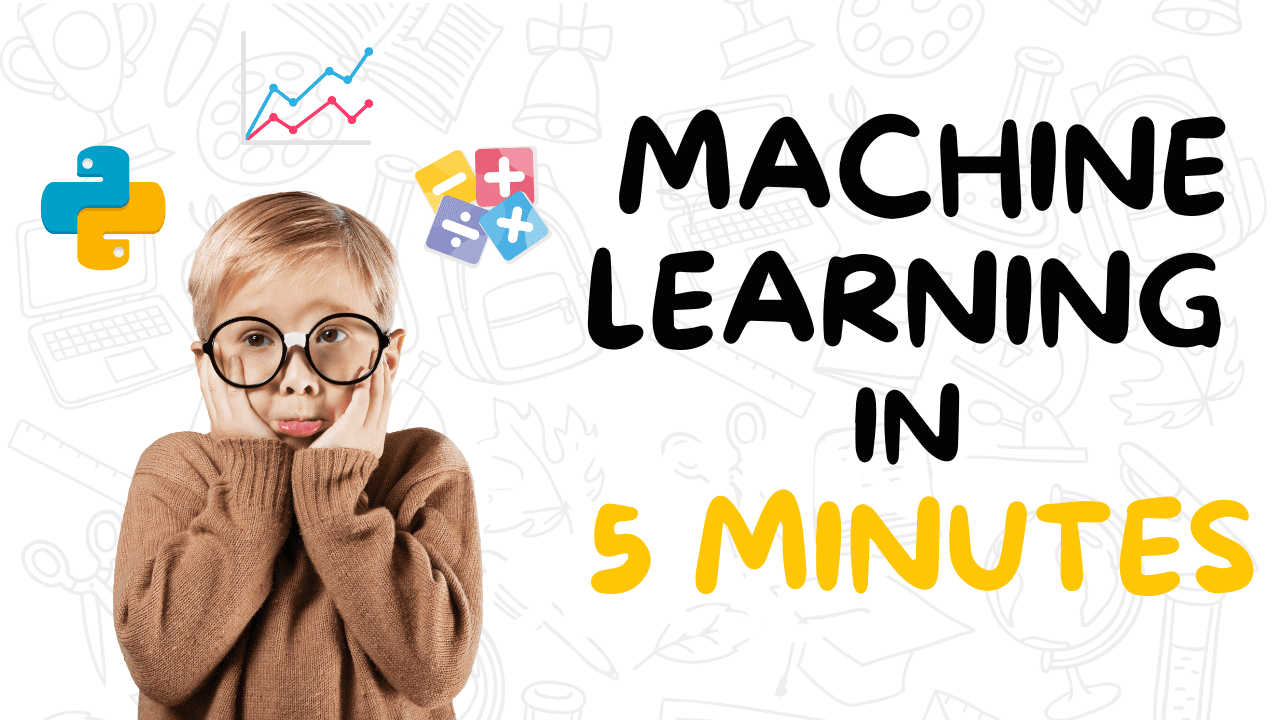
Key Takeaways:
Unlocking the Power of Data: Demystifying 5 Machine Learning Models
Have you ever wondered how technology can predict customer behavior, analyze vast amounts of information, or recommend the next big hit movie? The answer lies in machine learning models!
What are Machine Learning Models?
In simple terms, machine learning models are algorithms that allow computers to learn without being explicitly programmed. These models leverage existing data to make predictions or decisions without being explicitly programmed to perform specific tasks.
Supervised Learning: Understanding the Basics
Supervised learning is one of the fundamental machine learning models. It involves training a model using labeled data, where the desired output or outcome for each input is provided. The model then learns patterns or relationships between inputs and outputs, which can later be used to make predictions.
Let’s take a real-world example to understand supervised learning better. Imagine you have a dataset with information about houses, including features like square footage, number of bedrooms, and location, along with their corresponding sale prices. By training a supervised learning model on this data, you can predict the sale price of a new house based on its features.
Unsupervised Learning: Discovering Hidden Patterns
In contrast to supervised learning, unsupervised learning involves training models on unlabeled data. The goal here is to find hidden patterns or structures within the data without provided predefined outcomes.
An excellent use case for unsupervised learning is customer segmentation. By applying unsupervised machine learning algorithms, businesses can identify distinct groups of customers based on their purchasing habits, demographics, or other nuanced behaviors.
Decision Trees: Making Sequential Decisions
A decision tree is a flowchart-like model that makes predictions or decisions based on a series of rules or conditions. It breaks down a complex problem into simpler sub-problems and solves them sequentially.
For example, let’s say we want to build a decision tree to classify whether an email is spam or not. The tree might start by asking the question, “Does the email contain specific keywords commonly found in spam emails?” Depending on the answer, the tree would branch out to further questions until it reaches a prediction.
Neural Networks: Mimicking the Human Brain
Neural networks are inspired by the biological structure of the human brain. These models consist of interconnected nodes, or artificial neurons, arranged in layers. Each node receives input signals, applies mathematical operations, and produces an output signal, which is then passed to the next layer.
If we go back to our earlier example of predicting house prices, neural networks could help discover complex relationships between different features. Neural networks have proven to be incredibly powerful for tasks such as image recognition, natural language processing, and speech synthesis.
Support Vector Machines: Finding Optimal Boundaries
Support vector machines (SVMs) are machine learning models used for classification and regression analysis. SVMs find optimal boundaries or hyperplanes to separate data points into distinct classes.
Imagine you have a dataset with different types of flowers and their characteristics, such as petal length and width. By training an SVM model on this data, you can create a boundary that effectively separates one type of flower from another.
Conclusion
In this article, we explored the fascinating world of machine learning models. These models, such as supervised learning, unsupervised learning, decision trees, neural networks, and support vector machines, can unlock valuable insights from your data.
By leveraging the power of these models, businesses can make more accurate predictions, gain a competitive edge, and drive meaningful outcomes. So don’t miss out on the incredible potential that machine learning holds!
Frequently Asked Questions
Source: insidertechno.com